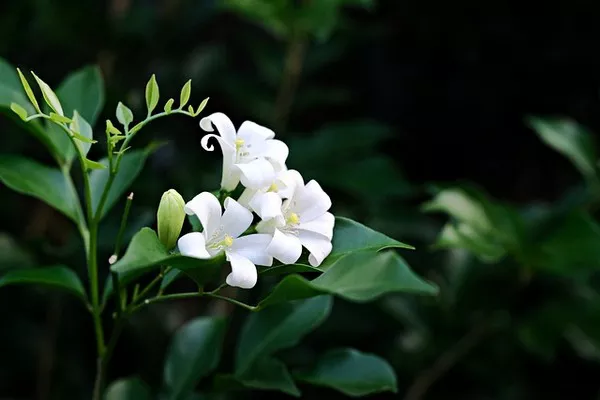Urbanization and human activities have significantly transformed the Earth’s land, giving rise to urban environments that impose unique selective pressures on their inhabitants. A key characteristic of these environments is the creation of impermeable, heat-retaining surfaces, resulting in the formation of urban heat islands, which are areas with elevated surface temperatures.
While studies have explored the impact of urban heat stress on animal evolution, its effects on plant evolution have been relatively unexplored. To address this gap, a team of researchers, led by Associate Professor Yuya Fukano from Chiba University, Japan, investigated how urban heat islands influence the leaf colors of Oxalis corniculata, commonly known as the creeping woodsorrel.
This plant exhibits diverse leaf colors ranging from green to red and is found in both urban and non-urban areas worldwide. Research suggests that these color variations serve as an evolutionary adaptation to protect the plant from environmental stress, with red pigments in the leaves, called anthocyanins, helping mitigate heat and light-induced damage.
To investigate this evolutionary theory, the research team conducted field observations of the leaf color distribution in the creeping woodsorrel across urban and non-urban regions at various scales. Their findings, published in Science Advances, revealed that red-leaved variants of the plant commonly grew near impervious surfaces in urban areas but were rarely found in farmlands or green spaces. Conversely, green-leaved variants dominated green spaces while their red-leaf counterparts thrived in urban areas.
The team also conducted experiments to quantify the adaptive benefits of these leaf color variations, examining their influence on biomass growth and photosynthetic efficiency under heat stress and non-heat stress conditions. The results showed that red-leaf variants exhibited superior growth rates and higher photosynthetic efficiency under high temperatures, while green-leaf variants excelled in lower temperatures. These findings highlight the adaptation of red-leaf variants to high-temperature stress in urban areas.
In addition, genetic analyses indicated that the red-leaf variant of O. corniculata may have evolved multiple times from the ancestral green-leaf plant. Dr. Fukano emphasized the importance of understanding the rapid adaptive evolution of urban organisms to high temperatures in the context of urban heat islands, which serve as precursors to global warming. Such understanding can provide valuable insights into ecosystem dynamics and sustainable crop production.
These findings shed light on the ongoing evolution observed in urban areas and suggest the need for further research into various plant traits to comprehensively understand plant adaptation to urban heat islands.


